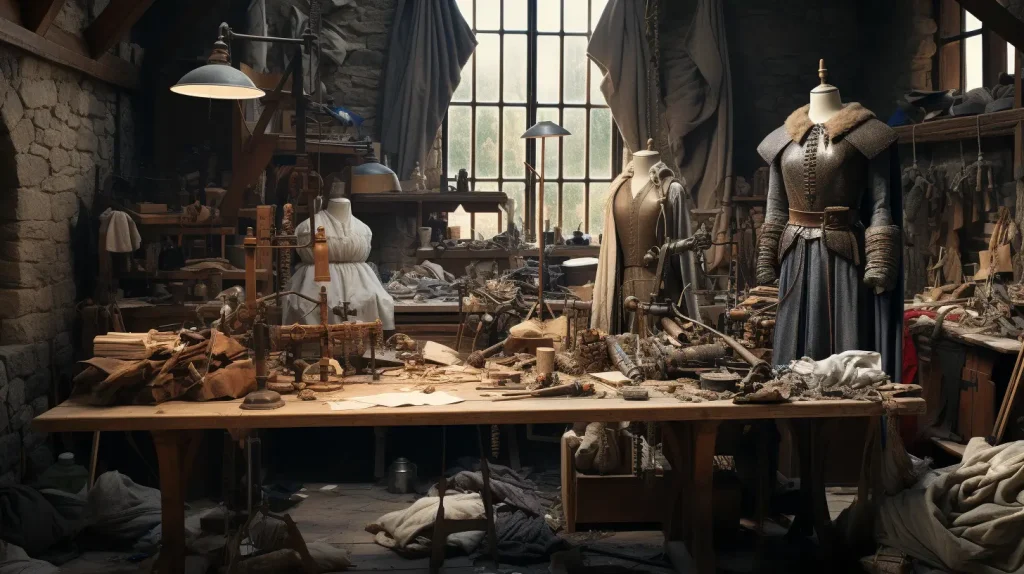Fashion has always been a reflection of culture, history, and societal norms. In the annals of fashion history, Roman fashion stands out as a testament to elegance, sophistication, and ingenuity. Join us as we embark on a journey to explore the timeless allure of Roman fashion and uncover the secrets behind its enduring legacy.
Origins of Roman Fashion
Roman fashion traces its roots back to the ancient civilization that flourished along the banks of the Tiber River. Influenced by Etruscan and Greek styles, Roman clothing evolved over centuries, reflecting the changing tastes and lifestyles of its people. From the draped simplicity of the toga to the intricate detailing of the tunica, Roman attire was a symbol of status, identity, and cultural pride.
The Toga: Symbol of Roman Identity
No discussion of Roman fashion would be complete without mentioning the iconic garment known as the toga. Worn exclusively by Roman citizens, the toga was a symbol of social status and political privilege. Made from a single piece of woolen cloth, the toga draped gracefully over the body, with its distinctive folds and pleats serving as a canvas for self-expression and individuality. From the plain white toga pura to the ornate purple toga praetexta, each variation conveyed its wearer’s rank, occupation, and social standing.
The Tunica: Everyday Elegance
While the toga epitomized formal attire, the tunica was the garment of choice for everyday wear. Simple yet stylish, the tunica was a tunic-like garment made from lightweight fabric and typically worn belted at the waist. Available in a variety of lengths and styles, the tunica was a versatile garment that could be adapted to suit the needs of men, women, and children alike. From the stole worn by Roman matrons to the subligaculum worn by athletes, the tunica was a staple of Roman fashion that transcended social boundaries and cultural divides.
Accessories: The Finishing Touch
No Roman outfit was complete without a selection of accessories to complement and enhance its overall aesthetic. From jewelry and footwear to hairstyles and headdresses, Roman accessories played a crucial role in defining personal style and social status. Gold jewelry adorned with precious gemstones was a mark of wealth and luxury, while simple leather sandals were a practical choice for everyday wear. Hairstyles ranged from elaborate udos adorned with jeweled hairpins to short, cropped styles favored by soldiers and working-class citizens.
Influence of Roman Fashion Today
While the Roman Empire may have fallen centuries ago, its influence on modern fashion remains as strong as ever. From draped silhouettes and tailored suits to gladiator sandals and statement jewelry, elements of Roman fashion can be found in contemporary designs and collections around the world. Designers and fashion enthusiasts alike continue to draw inspiration from the timeless elegance and sophistication of Roman attire, paying homage to a bygone era while embracing the spirit of innovation and creativity.
Conclusion
In conclusion, Roman fashion stands as a testament to the ingenuity, creativity, and sophistication of one of history’s greatest civilizations. From the iconic toga to the everyday elegance of the tunica, Roman attire reflects the values, beliefs, and aspirations of its people. As we explore the rich tapestry of Roman fashion, we uncover not only a legacy of elegance and refinement but also a source of inspiration and admiration for generations to come. Let us continue to celebrate and embrace the timeless allure of Roman fashion, where elegance is unveiled in all its splendor.
